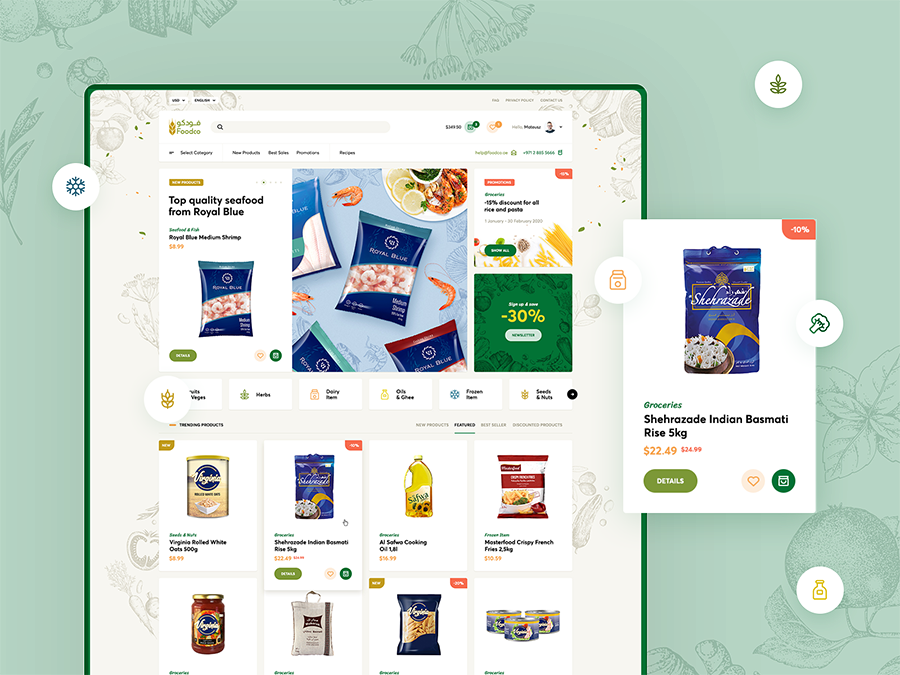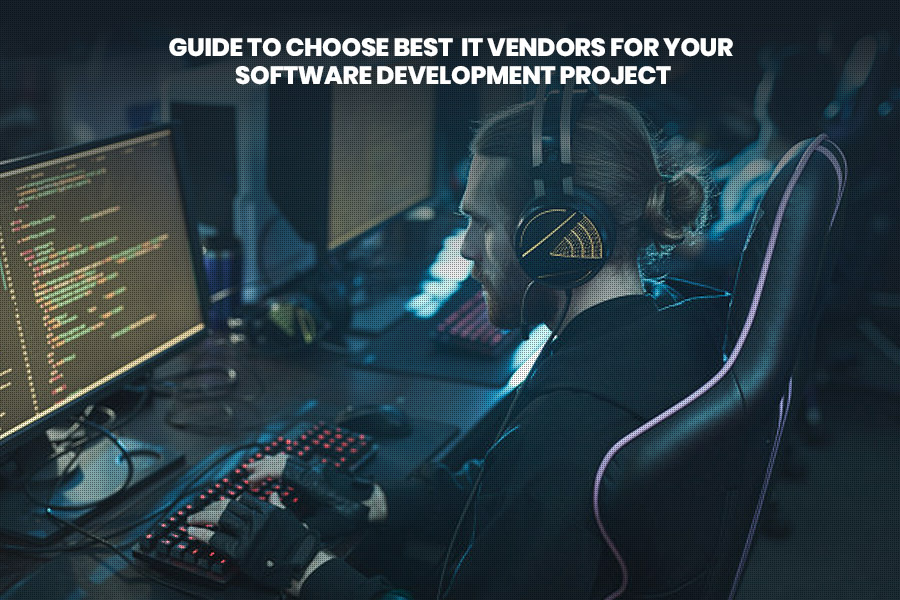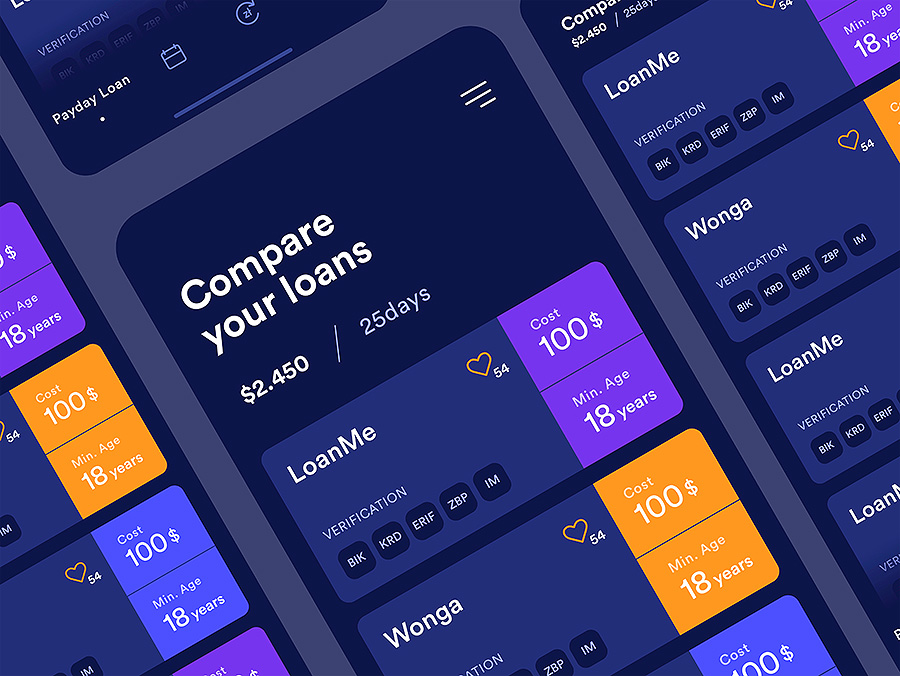
With the increasing trend of digitization, undoubtedly, ecommerce stores have successfully replaced brick-and-mortar retailers. According to the survey report of Statista, global ecommerce retail sales have amounted to $3.53 trillion and it is projected to grow to $6.54 trillion in 2022. But that has been projected before COVID-19! However, considering the current situation where the pandemic wave has shut down the business of all domains and putting the entire industry at the red alert, on the other side e-retail has noticed a sudden boom. Moreover, it won’t be wrong to say that Covid-19 has pushed the growth of the ecommerce sector to the next level. If considering the survey reports, it is revealed that 50% of the small businesses are having websites, while 30% of small companies are still planning to invest in web development and the remaining percentage of companies are still assuming the web development is an additional burden for them. However, the reality is something else! Firstly, many businesses are lacking knowledge of technology, therefore they avoid creating an ecommerce site. Secondly, still many people believe that ecommerce website development may cost you an expensive amount. So the central question remains the same: how much does it cost to develop an ecommerce website in 2021-22? Well, there are many website development companies that can estimate it between the brackets of $10,000 to $50,000. However, the cost of ecommerce web development is depending upon the various factors including the type of platform you choose, features and functionalities of

Over the decades, with the changing technologies, working patterns of the businesses have also been changed. Today, if you are trying to deploy a mission-driven approach with useful technology and expecting the production from your in-house team, then you might be mistaken here. Today, remote work can be a perfect opportunity for employers and employees to create an accurate balance between your personal life goals and professional objectives. However, now the question is, how to build the right strategy to make the remote work successful? According to Statistics, two-thirds of companies in the US have remote workers and providing the perfect talent to the business seeking to meet their professional goals at affordable prices without compromising the quality of work. Peter Druker Says, “Do what you do best, outsource the rest”. The case study submitted by Global State of Remote Work, reveals that 24% of employees are likely to feel happy and productive in their roles with remote work. What exactly makes remote workers or offshore app development companies so curious about remote working, especially young professionals? Well, remote working has its charm and benefits over the current working environment. While there are fewer distractions in remote working, workers are extremely focused and create a working environment that suits their needs better. For startups, it’s a great way to keep operating costs low with remote working. Let’s have a glance over statistics and data related to remote working: Almost 56% of companies around the world require employees to do work

Enterprise Application is one of the most prominent and crucial things in the whole environment of web applications. It is growing and fulfilling every need of enterprises and organizations. And what is the best thing about it? Well, the platform does not only provide cross-platform and open-source facilities to its user, but it also helps in developing modern, cloud-based, and advanced applications. The whole setup of Dot NET is specially designed to allow runtime components, with the APIs, in compilers, and also with the languages. And yes! It is operational with macOS, Linux, and Windows on both the .NET Core or .NET Framework. This magical platform helps in developing high-quality apps. With the facility of modern language constructs that are Language Integrated Query (LINQ), asynchronous programming, and generics which makes the developer’s work productive Mostly the world is opting for dot NET is because of its versatile functions. There are mainly four major reasons for enterprises to adopt this platform: The whole development tends to enhance productivity and capacity. It manages to withhold the field workers, that is changing the whole nature of the corporate environment with a film adaption of smart devices Helping the users to aid better in their whole journey of business, Enterprise big data, and analytics provides with the smarter app. So the question is – can you really acquire the whole ambiance of Dot net for enterprise application development that would help you get a successful picture for your organization? Well, we gotta see what

Nearshore development is the outsourcing of specialized exercises or the usage of programming tasks that are close by countries. In other words, we can say that Nearshore programming development is a classic case of outsourcing the model, assists organizations with concentrating more on their center capabilities without the need to invest a lot of energy or cash. But when it comes to offshore the word ‘offshore’ just denotes the way that the user sending your business activity to be done remotely, by others. The most cliché impression of outsourcing is that it costs less yet is hazardous in ROI. Nearshore improvement gives a considerable lot of similar positive sides of offshoring, simultaneously easing a line of its interests. Furthermore, nearshore benefits guarantee the further development of this model of work Outsourcing offers boundless, beforehand inaccessible prospects to C-level officials. On account of the web, you can have individuals from everywhere throughout the world taking a shot at your product venture, giving you access to the ability you would regularly be unable to discover. But this doesn’t mean that redistributing cannot bring any difficulties — language obstruction, timezone issues, and poor administration are some of the hurdles that you might face. In this post, you’ll get familiar with the upsides and downsides of nearshore and offshore programming development and approaches to manage potential issues. Before you hire software developers you can go through this handy guide covers and assists you with IT outsourcing choices, some of which are: Measures to assist

There is no doubt to the fact that technology has become one of the most integral parts of our lives. No matter if it is inside your workplace or outside, mobiles phone/laptops/computers; everything that is related to technology has affected our lives in one way or another. As the technology is rising to a whole new bar, the need for people with top-notch computer skills becomes the top priority of every organization. These types of demands typically arise when through one of the two ways, which are: Either there are a plethora of jobs that need an appropriate program or skill set. There is a need in minimal, cranny operations, where certain audience have a particular knowledge that is needed for specific program in the ever-evolving technology production. Therefore adopting to more skill sets is one of the most advantageous things that any organization can do. Therefore, here is a write up that would provide you with some of the essential on-demand tech skills that should be adopted by every Software Development Company and techie. But first, you need to understand that why expanding your knowledge bank is essential and necessary at the same time. Why is it Important to have Top on-demand Tech Skills? The people that have the straight and right set of tech skills tends to enhance the desirability as a job candidate. Whether the user is in the midst of a small, high-specialized program or even if with the widespread one; every individual requires a qualified

“Your device is running out of space”. Are you tired of seeing this message over again on your device? Of course, everyone hates to see their phone running out of space or facing trouble while uploading their app to the app store. So what’s the problem behind this! Does your phone has low memory or slow enough to execute the uploading process? No! The real problem is with the LARGE SIZE APPLICATION. Undoubtedly, mobile storage spaces have increased up to 256 GB, but at the same time, mobile app size is also growing as developers keep adding the latest features to the app to meet the growing and changing needs of the market. In addition, with the practice to support their apps on various screen sizes, the app size increases. As a result, an increasing number of features added to the app, turns up to SDKs, higher resolution images, better graphics which makes SDK size larger. With all these facts, it becomes a situation for users like they cannot proceed with the heavy apps on their screen, nor can they get rid of them. Moreover, they keep living with Love-and-Hate relation with these apps. On one side, rich graphics, hassle-free navigation, a bundle of advanced features are stealing the heart of the users. On the other side, these apps are crushing the sheer size of their mobile storage space. According to the latest survey report, 74.4% of the world uses Android devices and 70% users consider the app size before

Do you want to start a project immediately and introduce work process efficiency? Staff augmentation could turn out to be an effective way to leverage existing resources and utilize outsourced resources for the benefit of your company. IT staff augmentation companies can assist businesses with contract programmers and a number of staffing solutions based on the needs and the budget of the businesses. Also Read : TECH TALK: SELECT THE BEST MOBILE APP DEVELOPMENT COMPANY According to a recent stat, countries like the UK are already losing about £63 billion a year due to 600,000 unfilled vacancies in digital technology. Also, 89% of employers feel that the shortage of tech skills will also affect them badly in the months to come. Does it mean the end of the creative economy in the UK? Definitely, staff augmentation is one of the best ways to get out of it. There are many benefits to staff augmentation in the IT sector. Till professional IT personnel to work on specific requirements, creating and maintaining the additional infrastructure and manpower, and save time & money. It is natural for companies to have concerns over the IT staff’s ability and productivity that they have hired following the recommendation of the staffing companies. But the well-structured recruitment process and comprehensive screening process by these companies will ensure that critical information is validated and candidates are chosen based on their performance and ability to handle the job requirement. Read Also : FIND AND HIRE RIGHT APP DEVELOPERS IN
The mobile app development industry is one domain that keeps on refining every single day, so you need to keep yourself updated if you want to have an out of the box application. According to the latest report by Statista, mobile apps will generate 189 billion us dollars in revenue by 2020. Also, by the end of 2020, there will be around 258 billion apps downloaded annually, and by the next year, there will be 7 billion app users in the world. So if you have not started your app yet, you are missing a big opportunity. If you are a mobile app developer or if you are willing to get a feature-packed and advanced mobile application for your business, this blog is a must-read for you. Here we will talk about the top trends of a mobile app that you need to keep in mind while you’re developing your app for 2021. So Let’s begin: Cloud-based or SaaS mobile apps We all know that the users’ internal storage in their mobile devices is not enough, so we need to use cloud computing so that our data is hosted on cloud servers. It is easily accessible and not hard on the user’s device, and the user’s device does not have to take the burden of all the data that we are sharing through our apps. The Emergence of Beacon Technology The first technology of 2021 that will be trending is beacon technology. Beacon is a kind of lighthouse. It repeatedly

These days, every business counts on mobile app development services to underpin the crucial business process. The technology “Umbrella” sheathes the unprecedented rise of digital needs and bespoke products for businesses to help businesses accelerate at the pace of innovation. With every startup starting with an excellent idea to make themselves exceptional, choosing the best development partner helps in making the idea an operational reality. Also Read : FIND AND HIRE RIGHT APP DEVELOPERS IN INDIA – THINGS TO CONSIDER So, before you start searching anything for web and mobile app development companies over Google, let me draw your attention to more crucial aspects. A Quick Navigation To “Important Statistics” According to Statista, as of Q2 2020, Android users were able to choose between 2.7 million apps, curating Google as the top place with the maximum number of mobile apps. And, Apple’s app store stands strong at second place with approximately 1.82 million apps available for iOS. It clearly defines the rising demand for mobile apps. Also, according to App Annie, an average mobile user uses nine apps each day and roughly 30% in a month. We spend 3 hours daily using our mobiles, out of which 90% of the total time is dedicated to apps. This defines mobile apps have a significant influence on our everyday life. The nutshell is – mobile apps should win people’s heart and mind by offering them a higher ROI (Return On Investment). Still, two demurs scare business owners: Who are the best developers

Believe it or not but our lives have become so dependent on mobile apps that imagining a day without it would seem barbaric and abrupt. Starting from locating a cafe in a nearby place, to communicating with our loved ones at far places – the mobile app has become an integral part of our lives. A research done by Statista shows some most popular categories on the Apple App Store by share of availability. These numbers clearly tell us that the average time a person spends on their phone has been rising as the time is passing by. Thus, why not grab this opportunity and bring out a good fortune in your vanity. How? Well, obviously by constructing a solid mobile app that provides the user with all the facilities and the vital things that are needed in the journey. One of those is plugins. Mobile App Plugins will not only save hard-earned money of yours, but it would also help you to construct an app efficiently if you are not trained or technically skilled. Therefore, by no doubt, mobile plugin apps will be the most cost-effective and excellent option to go for. Hence, here are some of the most important and Top Mobile App Plug-Ins that would help you make your app successful. What are the Advantages of Using Plugins in the Very First Place? Before we dig into the topmost plugins you would love to know why you should use them at the very first place: It is











